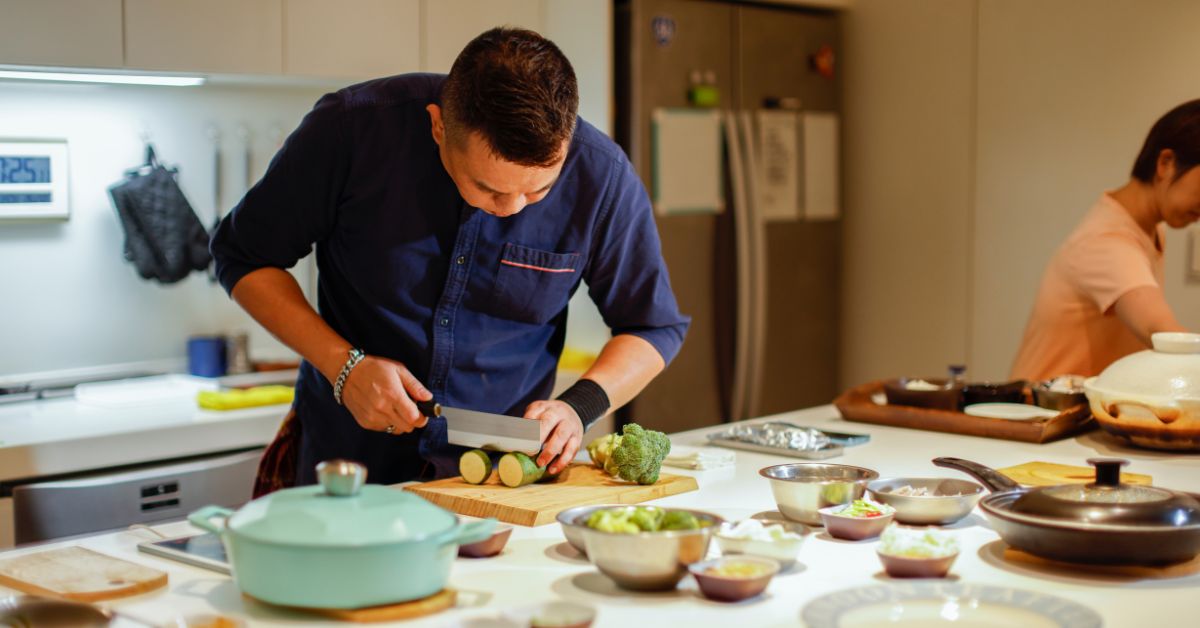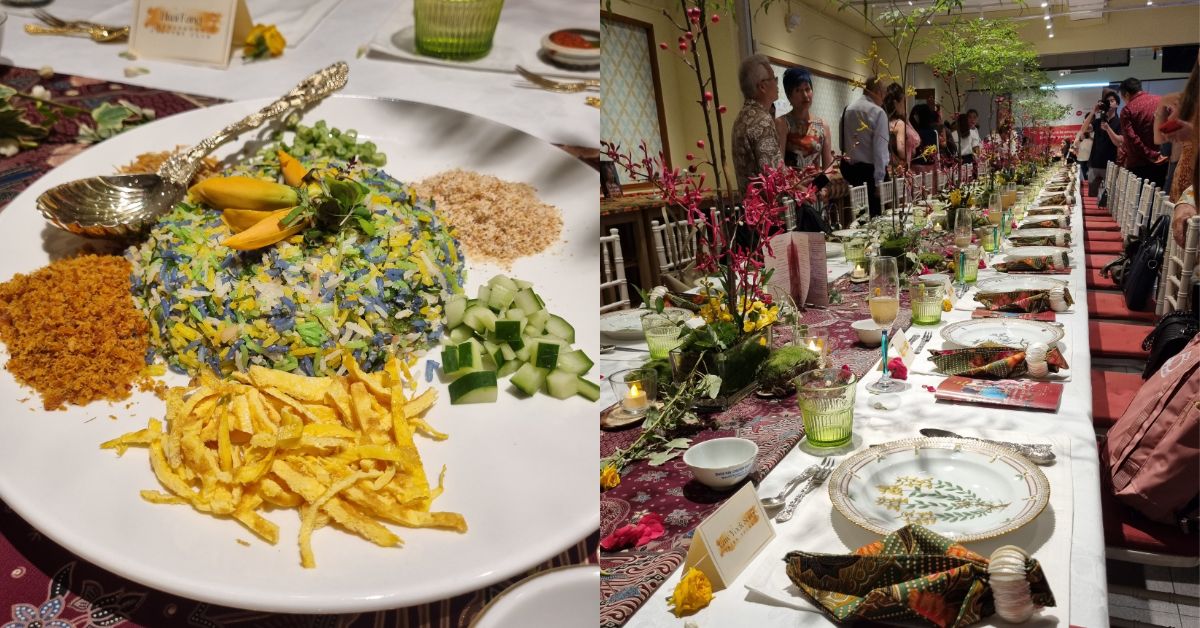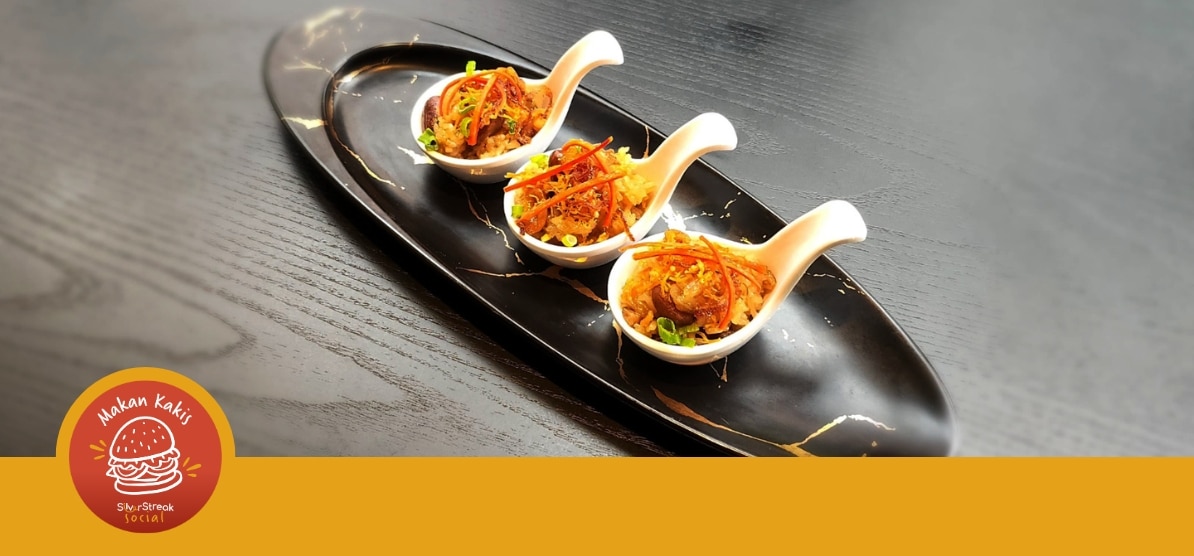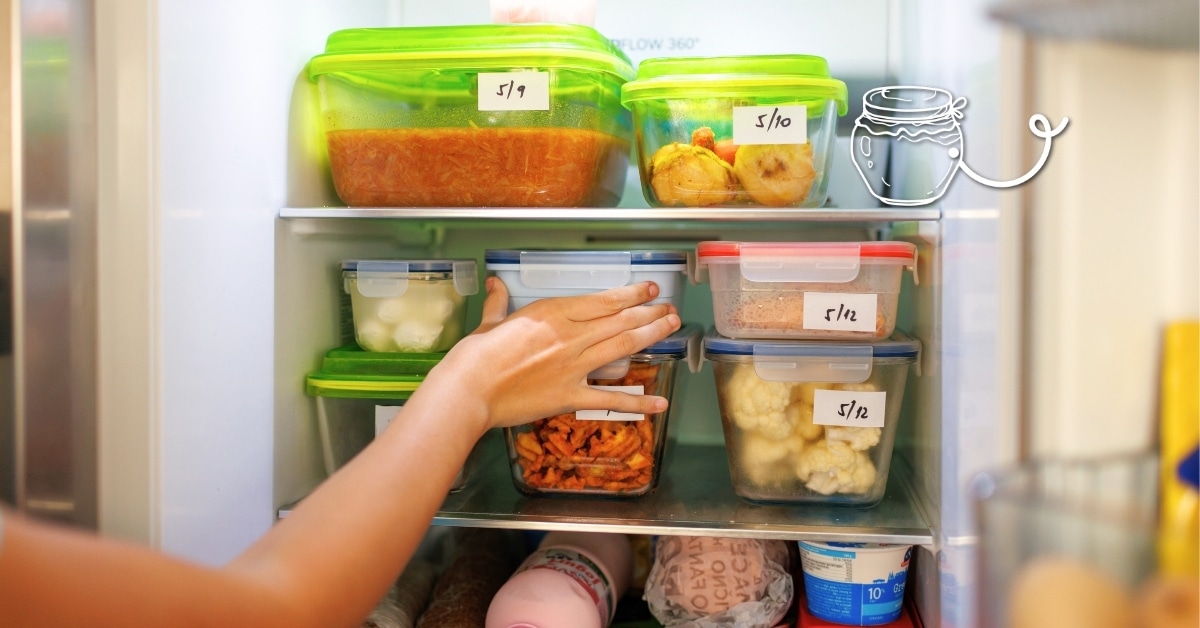
My mother would never throw away leftovers. She remembered the privations of the Japanese occupation which she had lived through. Perhaps due to her influence, it has become a habit for me as well to reuse leftovers for another meal. But seldom do I present it again as the same dish; often I tweak it (find my favourite leftover recipes below).
Leftover meats from a chicken rice meal would become a drunken chicken dish the next day, or the lemak gravy from laksa would reappear as otak jantan – a dish where fishcakes are served in a spicy coconut gravy, perhaps with more dried shrimp thrown into the pot to augment the flavour.
But leftovers can come not only from the home kitchen, but also from restaurant meals where over-enthusiastic ordering often results in too much food.
Based on experience, we all invariably over-order, so I often set aside portions of chicken or duck for takeaway even while the meal is ongoing. It is more hygienic this way.
But as a rule, I mostly takeaway chicken carcasses, pork and beef bones, fish skeletons, cheese rinds, and vegetables, for these all add flavour to the stocks that I’m always making.
Advertisement
Makeovers using leftovers
Here’s how I prepare leftovers and turn them into a whole new dish, whether they’re poultry, seafood, carbohydrates, vegetables, or eggs.
- Chicken and duck:
We often can’t finish the whole bird. If it’s leftover chicken, I’ll marinate it in a wine dressing to get it ready for a drunken chicken dish (recipe below).
Otherwise, you could strip the poultry of whatever meat is left to use as noodle or soup toppings (together with dried mushrooms if needed to stretch if further). It can also be used to bulk up salads, perhaps with fish sauce or something creamy as dressing.
- Fish:
The remnants of a steamed fish make for good stock, and adding fishballs gets you a quick and easy soup dish. If there is enough flesh left, you can make fish cutlets, bulked up with mashed potato.
You can also try making a rillette, a coarse pate that’s great for spreading on bread, using salmon (recipe below).
- Vegetables:
I keep all vegetable scraps and off-cuts for stocks and soups. One carrot may not make a dish, but it would do fine in a soup if you also add a potato, a celery stick, half an onion, and half a radish.
My current favourite way to use leftover veggies is in a Chinese minestrone (recipe below).
It uses green vegetables, rather than red ones as with a regular minestrone, for a change. I use chicken stock as the base then add Chinese ham for an unexpected burst of flavour.
Another trick when it comes to root vegetables is to boil them till tender, then mash them together to obtain a low-carb vegetable mash dish.
- Rice:
I freeze leftover rice as soon as possible as it spoils easily. An added bonus is that freezing rice converts some of its digestible starch into resistant starch, which acts like fiber.
This resistant starch can help slow down digestion, potentially reduce blood sugar spikes, and decrease the overall amount of carbohydrates and calories your body absorbs from the rice.
Fried rice is an obvious choice for leftover rice. I like to add a twist to mine. Try adding only green vegetables, peas, and beans to make the fried rice, for example, then garnish with shrimp. Or make a sakura ebi donburi (Japanese rice bowl with dried baby shrimp) instead.
- Eggs:
These have a long shelf life. But if you are tired of having them fried, boiled, or poached, make omelettes instead using unexpected fillings. Prawns, dried grago (baby shrimp), beans, and peas are some examples.
You can also make devilled (stuffed) eggs, flavouring the yolks with various seasonings, make egg drop soups, or use the eggs to bind meat balls or loaves. I do an Asian meat loaf of minced pork, chopped Asian herbs, fish sauce, then bound together with a couple of eggs.
- Noodles:
I strip the stands of as much sauce and ingredients as possible, then stir-fry the noodles with sliced beef, bean sprouts, and chives (for kway teow); or minced pork, prawn, squid, and green baby bok choy (for egg noodles).
Just take note that for leftover food, hygiene is paramount. All leftovers need to be refrigerated or frozen, then used quickly. Reheating properly is imperative. I reheat everything, then chill it again if I want to serve it cold.
Buffets are especially hazardous as food spoils easily after spending two hours out at room temperature. Store these in clean covered containers as soon as possible and freeze them, if you’re intending to consume them more than a week later. Otherwise, refrigerate and eat within three to four days.
Also read:
7 Cheap Korean Food Joints For K-BBQ, Ginseng Chicken Soup & Korean Fried Chicken On A Budget In Singapore
Outside of the ritzy Tanjong Pagar joints, there’s plenty of places to find cheap Korean food in Singapore.
Don’t Rip Us Off At Restaurants For Tap Water
Drinking water should either be free or sold at cost at decent eateries, says Neil Humphreys.
Leftover recipes
Drunken chicken
Marinate white poached chicken in the wine dressing, then refrigerate. You want enough dressing to cover the chicken without drowning it.
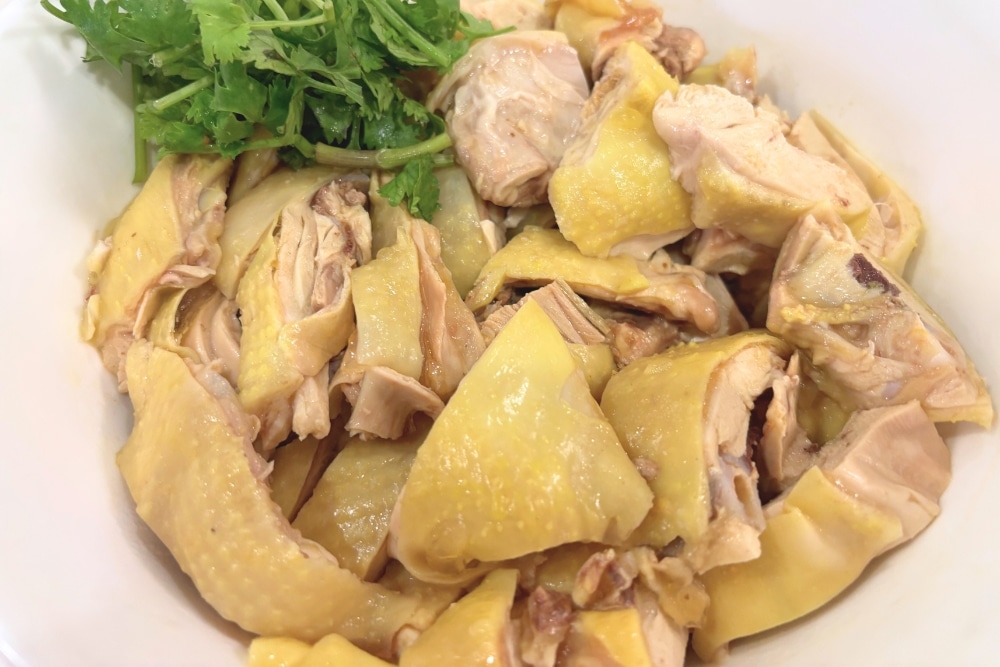
Credit: Sylvia Tan.
Wine dressing:
- ½ cup of Chinese wine
- ½ cup of light soya sauce
- 1 tablespoon roasted sesame oil
- 1 tablespoon mirin
Method
- Pour everything into a bowl and stir. Taste and adjust.
- Pour dressing over cut chicken and leave for a couple of hours in the fridge, covered, till needed.
Salmon rillette
This recipe uses up leftover fish or prawns in a rillette, a roughly chopped spread, held by fat, that’s delicious on sliced bread.
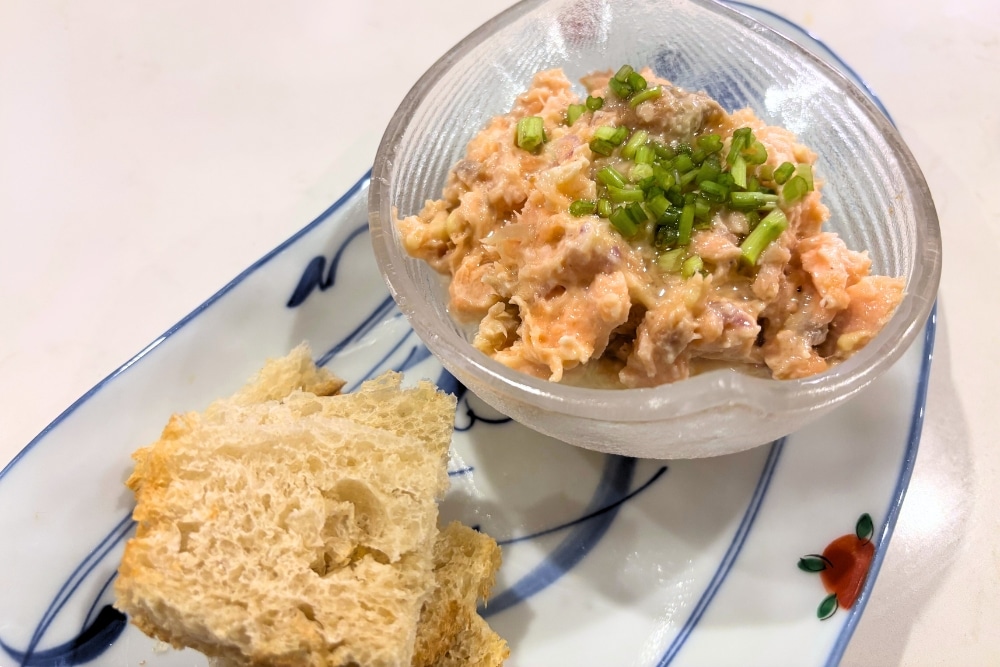
Credit: Sylvia Tan
Ingredients:
- 1-2 cups of flaked cooked salmon
- 5 tablespoons butter, softened
- 1 large shallot or small onion, minced
- ½ tablespoon sour cream or yoghurt
- 2 tablespoons chives, snipped (optional)
- Fresh lemon juice
- 1 tablespoon extra-virgin olive oil
Method
- Melt a little butter in a small pan. Add shallot and cook over moderate heat until softened. Cool.
- Meanwhile, in a bowl, whisk the rest of the butter until smooth. Whisk in the sour cream or yoghurt.
- Add the cooled shallot along with the flaked fish, chives, lemon juice and olive oil. Stir until combined.
- Season rillette with salt and white pepper.
- Serve with toasted slices of bread or plain crackers.
Chinese minestrone
This soup uses up bits and pieces of uncooked or cooked vegetables and relies on Chinese ham and rice wine for flavour.
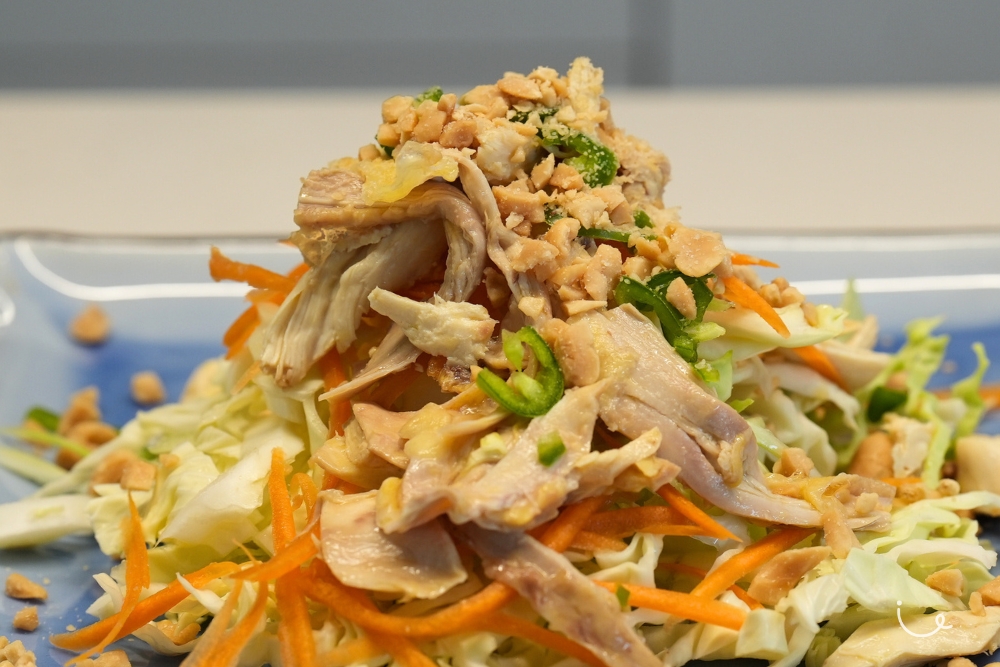
Credit: Sylvia Tan.
Ingredients:
- 3 cups chicken stock (or use a stock cube)
- 4-5 slices of Chinese ham
- 2 tablespoons Chinese rice wine
- 1-2 portions leftover vegetables (only green/white coloured ones) chopped roughly
- A few stalks of green leafy vegetables, chopped (optional)
- Salt and white pepper to taste (note that the ham is already salty)
Method
- Bring stock to boil in a pot, together with ham slices and Chinese wine.
- When boiling, add leftover vegetables.
- Season with salt, pepper, and Chinese wine.
- Then finally, add green vegetables.
- Note: If you have edamame beans and/or peas, throw them in too, it goes well with the soup.



